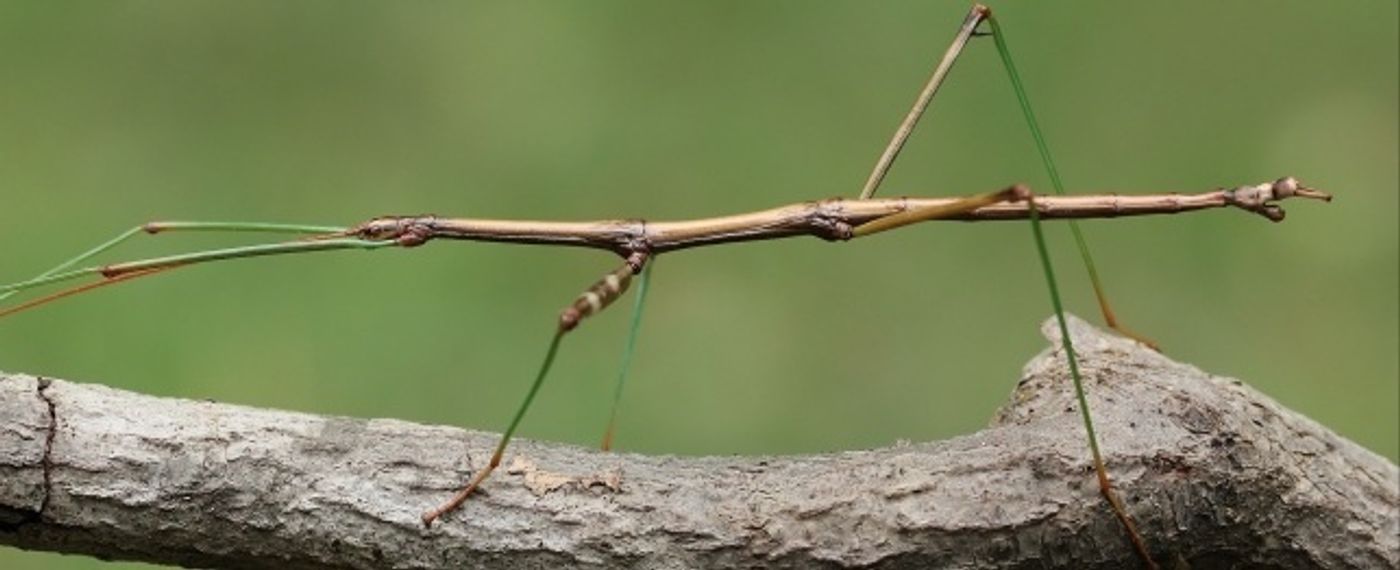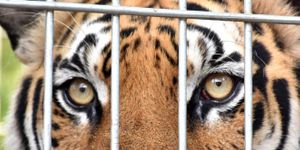We’re all familiar with vertical gene transfer (whether you know it or not). Vertical transfer describes the way you inherit genes from your parents, for example. What about horizontal (or lateral) gene transfer? This type of transfer occurs between two organisms that are not parent and offspring, and it occurs most often between unicellular organisms like bacteria.
However, researchers from the Max Planck Institute for Chemical Ecology report that stick insects acquired a bacterial gene (by horizontal transfer) from one of their gut microbes. Many investigators thought that gene transfer between bacteria and insects was quite rare, but new genomic techniques are challenging this idea.
Stick insects (also known as walking sticks) eat plants and need pectinases to digest the tough plant cell walls. Thing is, researchers didn’t think that stick insects could make their own pectinase - they thought gut bacteria made it for them.
That’s not the case. Matan Shelomi and colleagues at the Max Planck Institute found pectinase genes in the stick insect genome. Interestingly, the sequences of these genes are very similar to pectinase genes from gamma-proteobacteria - these bacteria are highly abundant in the stick insect’s gut.
The group used data from the 1K Insect Transcriptome Evolution Project (1KITE) to determine how long ago this horizontal transfer event occurred. They compared 1KITE data for
Timema cristinae (a primitive species of stick insect that does not make pectinase) and the more modern Euphasmatodea (that do make pectinase). They concluded that the transfer event occurred between 60 and 100 million years ago.
This event is probably one reason why stick insects that make pectinase have spread so successfully around the world. When the insects are able to produce their own pectinase, they don’t have to rely on symbiotic microbes to do it for them.
According to study author Matan Shelomi, “something happened to make the tiny Timema become a planet-wide group of nearly 3,000 species that can be nearly half a meter long … the idea that genes from microbes living in our guts can suddenly become part of our genomes and change the course of our evolutionary history, that's an incredible finding”.
Sources: Nature Scientific Reports,
Max Planck Institute for Chemical Ecology,
1KITE









